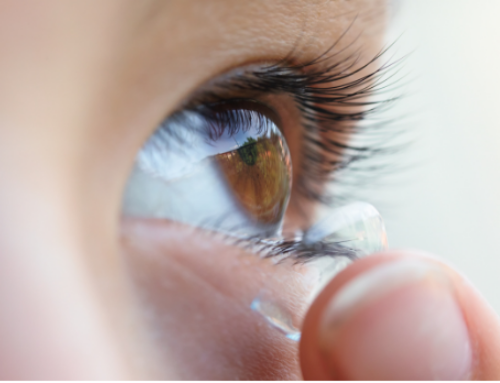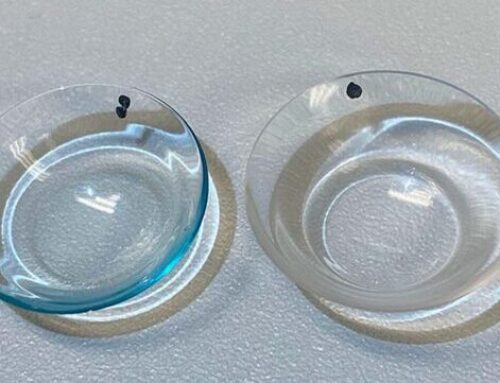This post is part of BostonSight’s archival content and was originally authored by Janice M. Epstein in June 2015. Content has been updated to be current. This content is informational in nature and should not be considered medical advice. Please reach out to your medical professional for questions about Vitamin D and how it may impact your vision.
The Vitamin D Council, a nonprofit organization dedicated to providing reliable and evidence-based information about vitamin D, notes that researchers consider the lack of sufficient vitamin D to be pandemic.
You’ve no doubt heard about many potential health benefits of vitamin D as well as negative effects that may occur with inadequate levels of this vitamin. Research has even revealed some interesting discoveries correlating vitamin D and eye health. As the days become shorter and the weather becomes colder, we head indoors and naturally receive less vitamin D from the sun. Patients with ocular surface disease may be interested in the anti-inflammatory properties of vitamin D and the research findings that it is involved in tear fluids and the corneal epithelial cells that help regulate tear film.
Here’s a primer on vitamin D along with a brief review of research on vitamin D and eye health.
Vitamin D is a fat-soluble nutrient that is necessary for human health. This vitamin is critical for bone health and also plays an important role in cell growth, neuromuscular function, the immune system, endothelial cells, and reduction of inflammation. The human body makes vitamin D by synthesizing the sun’s rays when the skin is exposed to the sun. In today’s modern lifestyle, typical amounts of sun exposure have decreased greatly which has resulted in large numbers of people with insufficient levels of vitamin D. This vitamin is difficult to obtain from diet alone as very few foods naturally contain vitamin D. In addition, more people take precautions to shield the sun’s rays for prevention of skin cancer, premature aging of the skin, and cataracts. Health conditions, medications, and even a person’s skin tone can impede adequate levels of vitamin D.
Fortified foods and supplements help people to obtain vitamin D through diets to compensate for limited sun exposure. The recommended daily allowance for adults is 600 IU (international units) with an upper limit of 4,000 IU per day. Fatty fish, such as salmon, tuna, and mackerel, are good sources of vitamin D. Beef liver, cheese, and egg yolks also provide small amounts. Foods commonly fortified with vitamin D include milk, cereals, orange juice, yogurt, soy beverages, and margarine. You’ll need to check product labels in order to identify which specific products have been fortified with vitamin D. Supplements are widely available as well in varied doses and forms (chewable, liquid, tablet). If you are interested in adding vitamin D to your diet, your health-care provider can assess your current level of vitamin D with a blood test and recommend appropriate supplementation.
Although scientific research is shedding new light on the specific role of vitamin D on human health and disease prevention, much remains to be discovered. Preliminary laboratory studies on vitamin D and the eye reveal some interesting implications and importance for this nutrient. Here are a few highlights from the research:
-
Vitamin D Supplementation for Patients with Dry Eye Syndrome Refractory to Conventional Treatment
-
Vitamin D reduces inflammation and improves visual acuity in aging eyes
-
Vitamin D enhances corneal epithelial barrier function. The corneal epithelium covers the front of the cornea to provide protection.
- Measurable concentrations of vitamin D metabolites are found in tear fluid and aqueous and vitreous humor (the gel and fluid within the eye). Oral vitamin D supplementation affects these metabolites. Corneal epithelial cells are likely capable of synthesizing vitamin D3 metabolites.
Do you supplement with vitamin D? What has been your experience?


